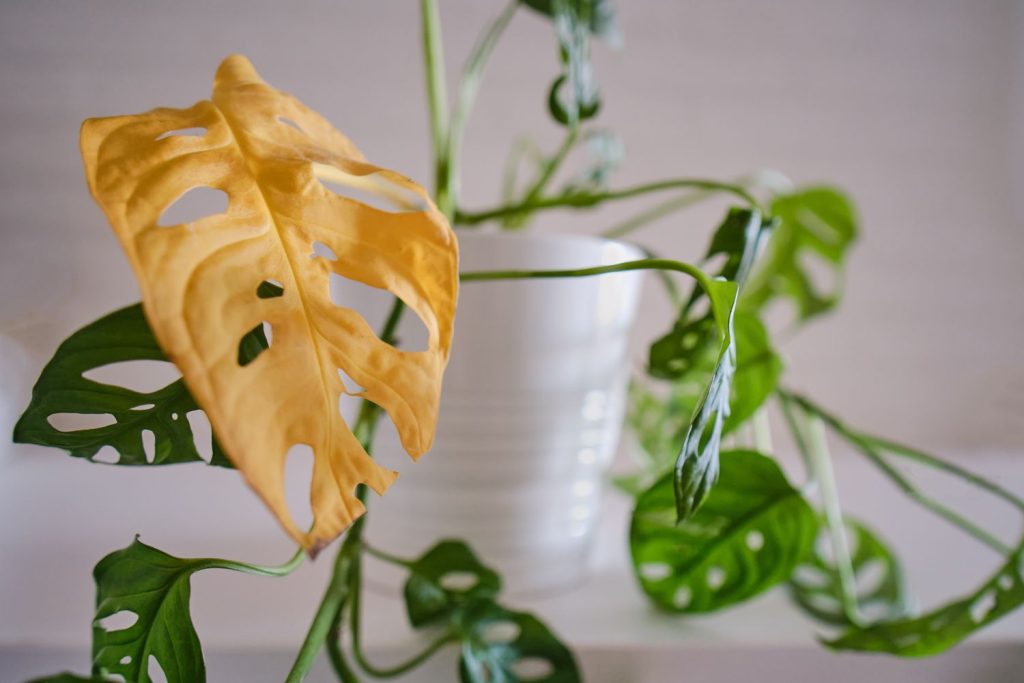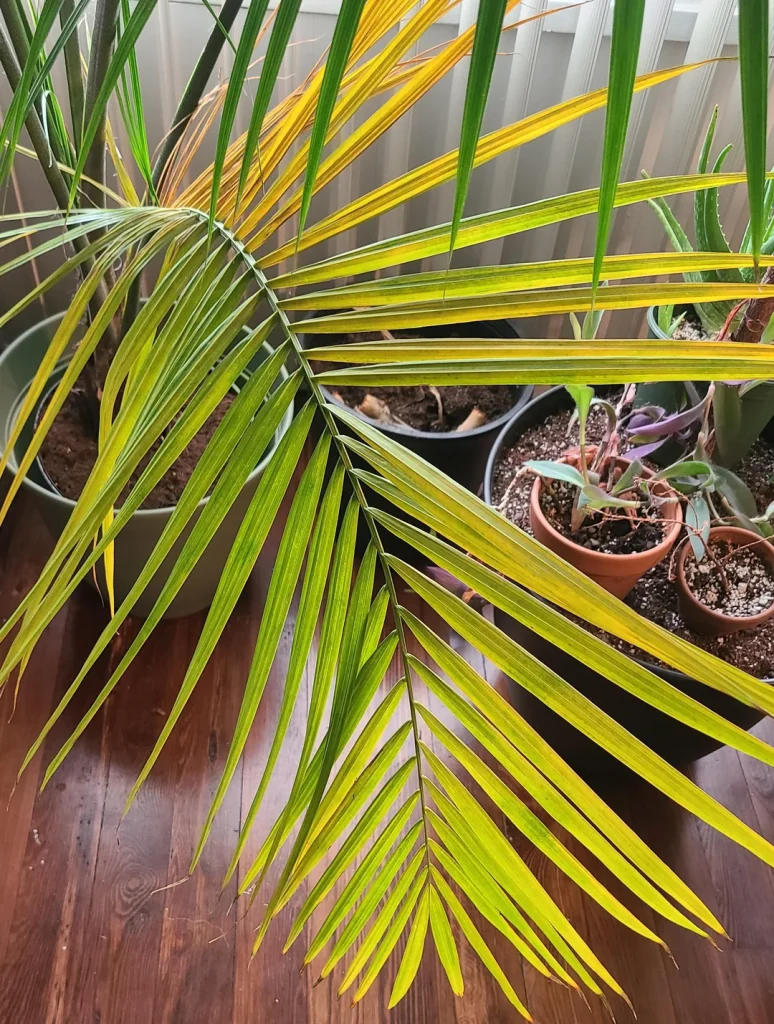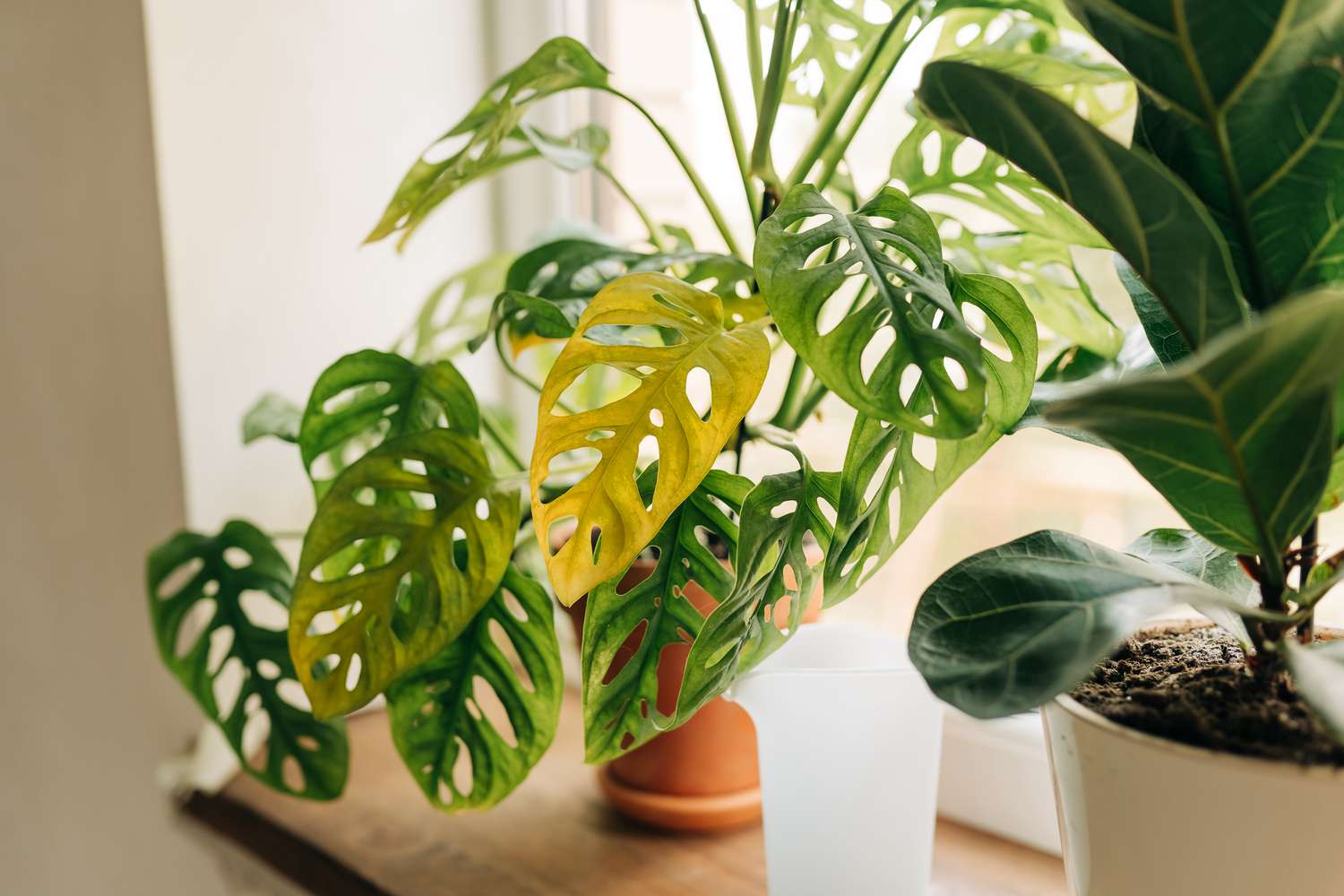Why Plant Leaves Turn Yellow – Causes & Quick Fixes
By Greenways Nursery
One of the most common worries for plant lovers is noticing that once-bright green leaves are turning yellow. Whether you care for potted houseplants, flowering shrubs, or outdoor trees, yellow leaves on plants are often the first signal that your plant is under stress.
It can be confusing because yellow leaves don’t always mean the same thing. Sometimes, it’s a simple fix, such as adjusting your watering routine. At other times, it may signal a deeper issue with the soil, nutrients, or even the environment surrounding your plant. The good news is that most of the time, yellow leaves on plants are your plant’s way of asking for a little extra care, and with some adjustments, you can help it bounce back.
In this guide, we’ll explore the most common reasons for yellow leaves on plants and what you can do to restore your greens to good health.
Why Leaves Turn Yellow
Leaves get their green color from chlorophyll, which plants use for photosynthesis—the process of making food from sunlight, water, and carbon dioxide. When a plant is stressed, it reduces or loses chlorophyll production, and that’s when leaves begin to fade to yellow.
This yellowing, also known as chlorosis, is a visible clue that something in your plant’s care routine isn’t quite right. To help your plant, you need to look at the bigger picture—watering habits, soil, light, and even seasonal changes. Yellow leaves on plants are often the first signs that a correction is needed.

Common Reasons for Yellow Leaves & How to Fix Them
1. Overwatering
This is the most frequent cause of yellow leaves on plants, especially in indoor potted varieties. When roots sit in waterlogged soil, they suffocate and can’t absorb nutrients properly. The result is soft, drooping leaves that slowly turn yellow.
Fix it:
- Check soil moisture before watering by sticking your finger a few centimeters deep.
- Only water when the top layer feels dry.
- Ensure pots have proper drainage holes.
- If you suspect root rot, gently remove the plant from its pot, trim away mushy roots, and repot in fresh soil.
2. Underwatering
On the opposite end, yellow leaves on plants can also result from a lack of water. Dry soil prevents roots from absorbing enough moisture, and leaves begin to yellow, curl, and eventually drop.
Fix it:
- Water deeply so the moisture reaches the root zone.
- Don’t just sprinkle the top—water until some drains out of the bottom of the pot.
- Keep a consistent schedule, especially during hot months.
3. Poor Lighting
Every plant has different light requirements, and too little light often results in pale yellow leaves on plants. Without enough energy from sunlight, plants can’t produce sufficient chlorophyll.
Fix it:
- Move the plant to a brighter location with indirect sunlight.
- For darker rooms, consider using grow lights.
- Avoid exposing delicate indoor plants to harsh direct rays, which can scorch leaves.
4. Nutrient Deficiency
When the soil lacks essential nutrients, yellow leaves on plants may appear. A nitrogen deficiency causes older leaves to yellow, while an iron deficiency often shows as yellowing with green veins.
Fix it:
- Use a balanced fertilizer to replenish nutrients.
- Refresh soil mix every year or two for potted plants.
- Add compost or organic matter as natural boosters.
5. Pests and Diseases
Insects like aphids, spider mites, and mealybugs feed on plant sap, weakening leaves and causing yellow leaves on plants. Fungal infections can also leave blotchy yellow patterns.
Fix it:
- Inspect leaves regularly, especially undersides.
- Wipe with neem oil or spray organic insecticidal soap.
- Isolate heavily infected plants to prevent spread.
6. Temperature or Seasonal Stress
Sudden environmental changes—like cold drafts, heaters, or seasonal shifts after monsoon—often trigger yellow leaves on plants.
Fix it:
- Keep indoor plants away from heaters, ACs, or cold windows.
- Mist plants or use a humidity tray in dry seasons.
- For outdoor plants, provide shade during extreme heat.
7. Natural Aging
Sometimes, yellow leaves on plants are simply a part of the natural growth cycle. Older leaves turn yellow and drop as the plant focuses energy on new growth.
Fix it:
- Prune away old leaves to keep the plant tidy.
- Don’t worry if new growth is healthy—it’s just natural aging.

Extra Care Tips for Preventing Yellow Leaves
- Check soil before watering – Avoid rigid schedules.
- Clean leaves regularly – Dust-free leaves absorb more light.
- Rotate pots – Helps ensure even growth.
- Prune regularly – Remove yellow leaves to redirect energy.
- Use mulch – Helps retain moisture in garden plants.
Common Mistakes to Avoid
- Watering too often or too little without checking the soil.
- Over-fertilizing can burn roots and cause yellow leaves on plants.
- Ignoring pests until they spread widely.
- Moving plants too often causes stress.
Frequently Asked Questions
Q1. Should I cut yellow leaves off my plant?
Yes, removing them helps redirect energy to new growth. Once you see yellow leaves on plants, they won’t turn green again.
Q2. Why do indoor plants turn yellow more often?
Indoor plants are more sensitive to changes in water, light, and humidity, so yellow leaves on plants indoors are quite common.
Q3. Can repotting help yellow leaves?
Yes, if the cause is poor soil or root rot. Repotting can help prevent further yellowing of leaves on plants.
Q4. Do yellow leaves always mean something is wrong?
Not always. Sometimes, yellow leaves on plants are just part of natural aging.
Conclusion
Yellow leaves on plants may look worrying, but they’re helpful clues. Plants communicate through their leaves, and yellowing is often their way of saying, “Pay attention to me.” By adjusting watering, light, nutrition, or environment, you can usually solve the issue quickly.
Remember, every plant is unique. With patience, observation, and steady care, your plants will recover, thrive, and reward you with fresh, green growth once again. 🌿




Leave A Comment